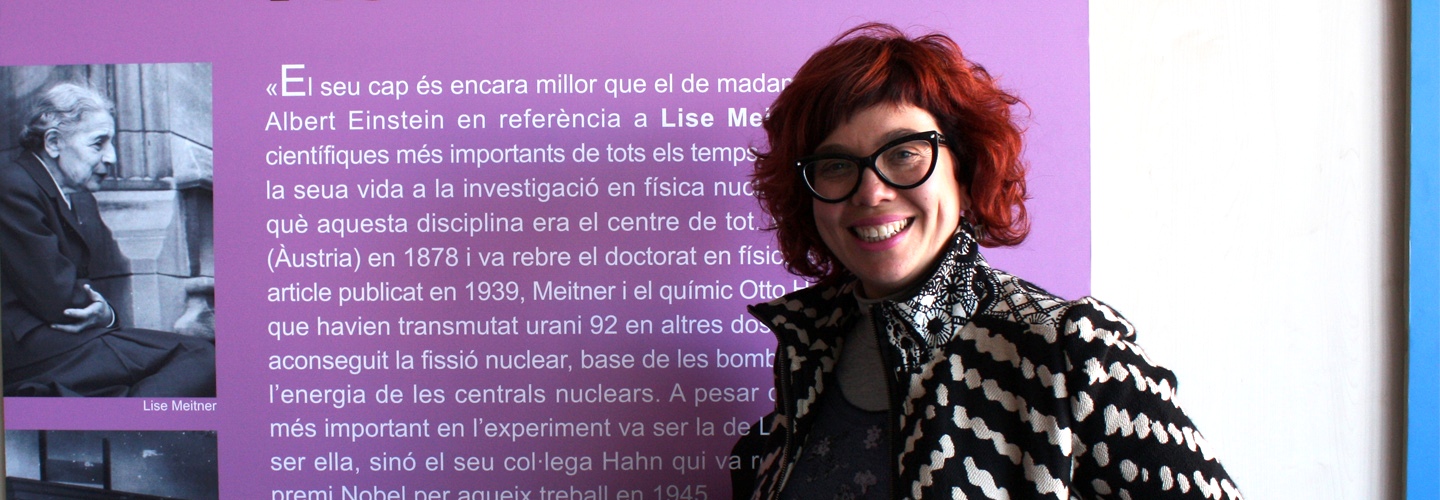Since 1996, International Noise Awareness Day is commemorated on the last Wednesday of April. This global campaign aims to raise awareness of noise on the welfare and health of people. People are called upon to take part in a series of events with emphasis on protection of the acoustic environment and hearing, raising awareness on the annoyances and damages produced by noise, and educating on measures to avoid this harm to human health and well-being.
According to the World Health Organization (WHO), the harmful effects of noise begin to manifest themselves when we are exposed to levels above 65 dB. The greater the sound level, the more difficult it becomes to concentrate. If noise levels persist and increase, people exhibit stress, irritability and fatigue. Furthermore, exposure to more than 100 dB has a direct temporary effect on hearing. The severity of these effects are significantly greater with longer exposure time. For example, an overexposure above 65 dB causes deafness, stress, hypertension, heart problems and insomnia.
THE INVISIBLE ENEMY
Fortunately, there is legislation in place to prevent these damages, not just auditory, but also cognitive. However, noise is known as the “invisible pollutant”, so we may actually be working or living in acoustically toxic environments according to current legislation or the WHO, and not even be aware of it. An example of this is the study recently carried out by the Campus of Gandia of the Universitat Politécnica de València, verifying that the N332 highway that passes through several localities in La Safor is generating “noisy environments” not permitted by legislation and and much less recommended by the WHO
Neighbors who live, work or coexist with the traffic circulating on the N332 as it passes through the towns of Bellreguard, Palmera, l’Alqueria de la Comtessa and Oliva are withstanding noise levels of over 70 dB(A), even at night time, and about 75 dB(A) during the day, and with peak levels of close to 100 dB(A). This situation has been going on for decades. We are up against a chronic disease suffered by various localities due to the noise generated by the traffic on the N332.
THE FIGHT AGAINST NOISE BEHOVES US ALL
We might ask ourselves, “Whose responsibility is it to achieve the goal set out by the International Noise Awareness Day?” In the case of the affected localities mentioned, the mayors are demanding an immediate solution to the problems caused by the passage of the N332 through their towns.
But the fight against noise must be an individual and collective action, since we all make noise. Therefore, it requires public awareness and collaboration, as well as the committed and effective involvement of the competent administrations, accompanied by adequate legislation and regulations and the tools to enforce them.
This April 26th we should all individually reflect on the following question: Do I live or work in a noisy environment? #NoiseAwarenessDay.
Romina del Rey, research professor at the Campus Gandia of the UPV
